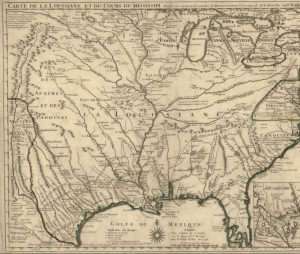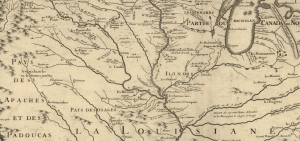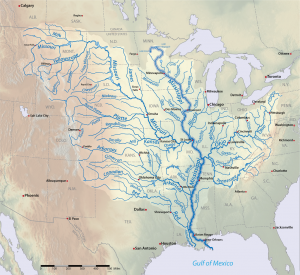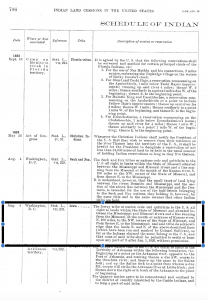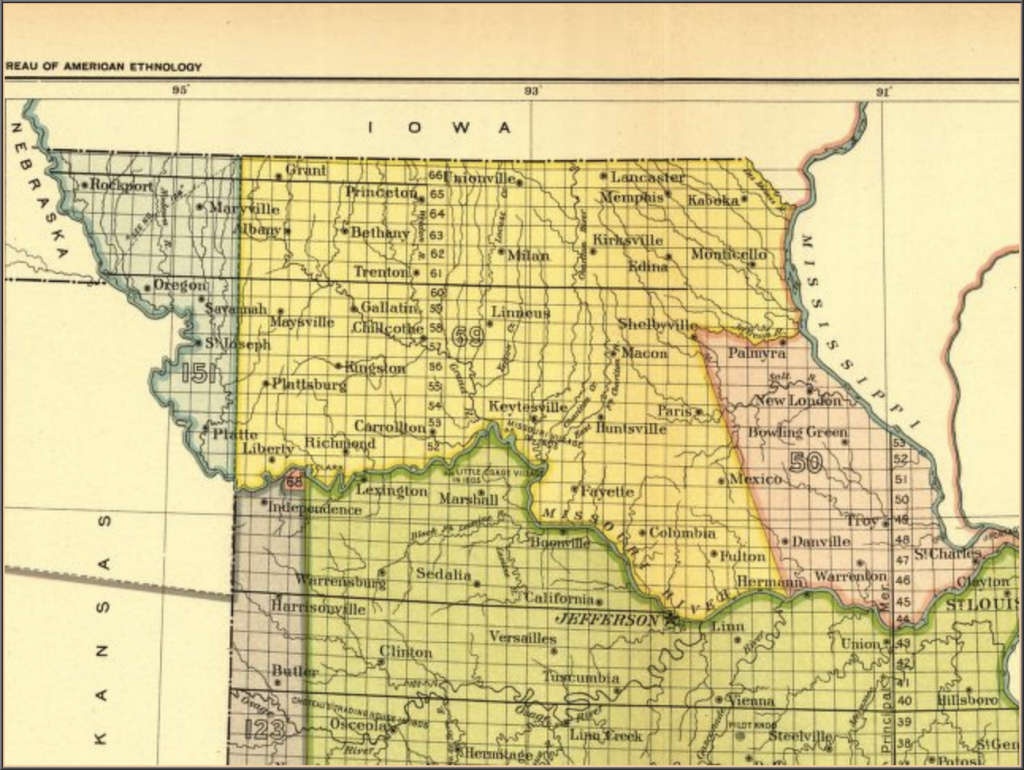Corruption at Effigy Mounds
Effigy Mounds is located in Northeast Iowa and is home to multiple Plains Tribes burial grounds. This area has long been considered a “‘sacred place where Nations meet'” (Blake) by many Native American tribes, but in 1990 tragedy struck. The caretakers appointed by the United States government stole over 40 sets of remains from the Mounds and National Monument Museum. These bone were put in garbage bags and left in someone’s garage to sit for almost thirty years.In 2011, this corruption/evil act was discovered and an investigation was launched to prove that the bones were stolen and to return them to their rightful home. Finally, in 2016 guilty members parties were sentenced.
Lance Foster, the Tribal Historic Preservation Officer for the Iowa Tribe of Kansas and Nebrask said, “They’re secure. Plans are being made to repatriate them and the tribes are going to be part of that process. It will be done as soon as we can get everything figured out, to put them back here somewhere.” The many tribes, whose ancestors are buried at Effigy Mounds, will work together and come to a consensus about the reburial of their Tribal Ancestors as a group.
If you want to read more about the incident, the link below will take you to the news article about the story.
As a side note/slight digression from this story, I think that it would be interesting to interview Native American tribe members to hear their thoughts on sacred Native places being used as National Monuments/tourist attractions.
